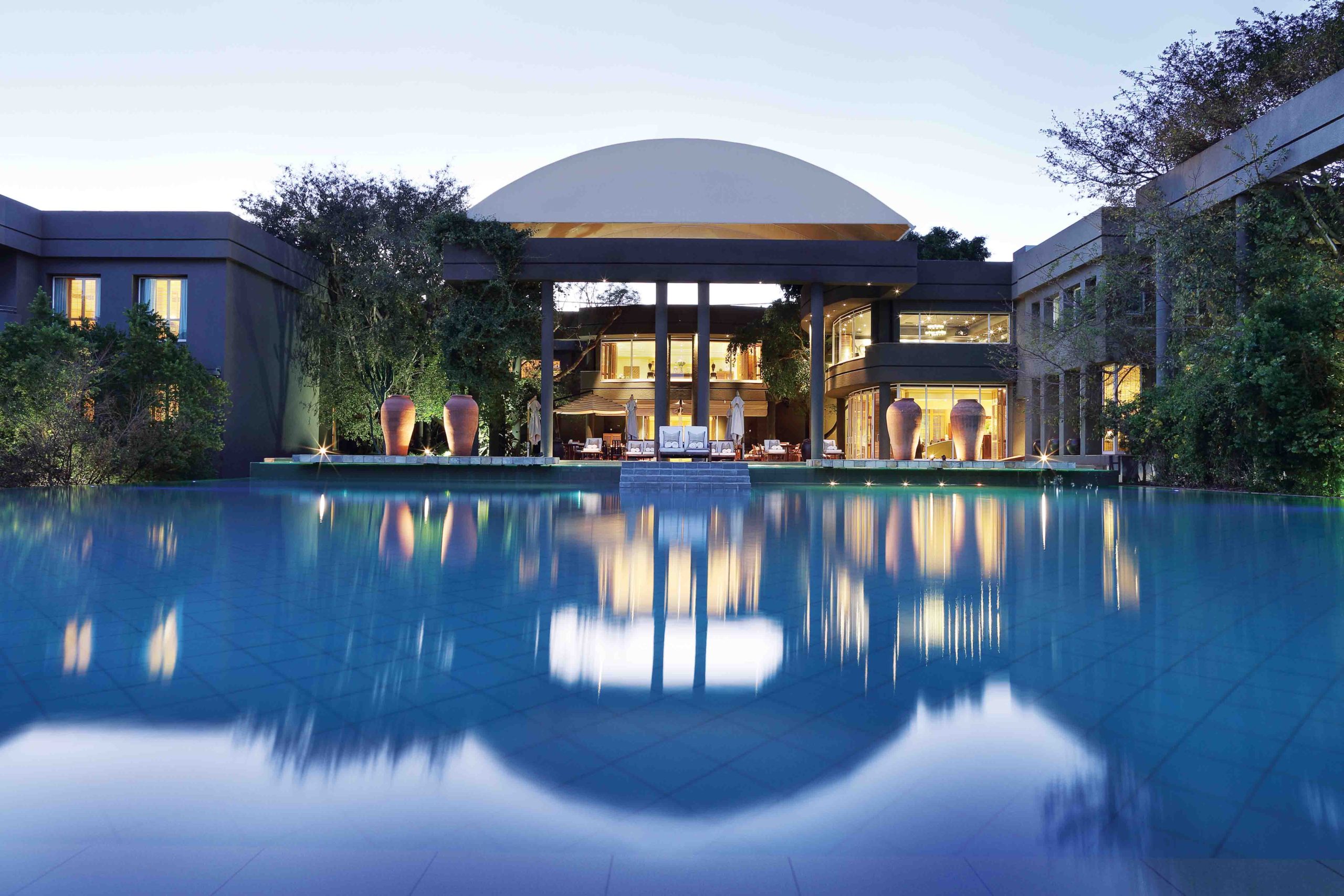What will I experience?
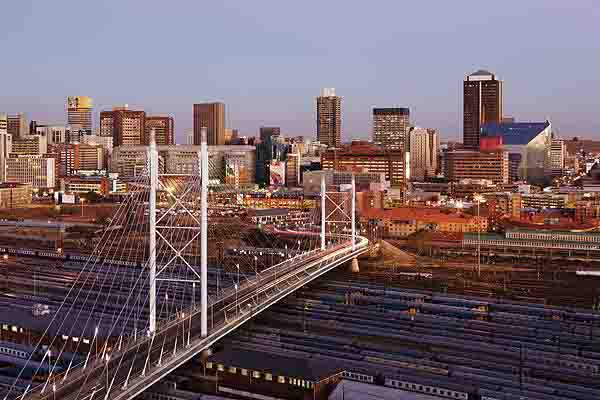
Known in the Sotho language as “eGoli”, which translates to the “Place of Gold”, Johannesburg is a veritable hub for South and Southern African travel. This does not however, mean that the city itself should be excluded from your Southern African itinerary.
The cultural history and relevance of this city is celebrated by its vibrant and welcoming residents, who look forward to embracing you as one of their own during your stay. You can look forward to exciting and diverse experiences from fine-
dining in award winning restaurants to bungee jumping from a decommissioned coal-fired power station in Soweto.
In recent years the city has undergone a transformation with a focus on revitalising its city centre through urban-renewal projects. In Maboneng, considered to be one of the most successful of these renewal projects worldwide, you can expect an original shopping experience, tasteful galleries, dynamic nightlife and unique dining at some superb cafés and restaurants.
Read More
Translated from Sotho “Maboneng” means “Place of Light” and this name aptly represents the various cultures drawn to the area, and represented in the variety of cuisines, clothing, artworks and museums amongst other attractions available for you to enjoy.
Museums are another point of pride for this dynamic city and provide incredible insights into the history and heritage of Johannesburg and South Africa as a country. From humble farm beginnings, through a gold rush, to some of the most torrid and devastating times under the oppressive laws of apartheid, you will be enthralled by the history and the incredible will of the South African people to endure and overcome its devastating past. You can even visit the former home of South Africa’s
iconic leader, and father of the nation, Nelson Mandela. Now a museum, the house offers an in- depth look at the life of this internationally loved and celebrated man.
Johannesburg also provides some incredible natural surrounds and you will be delighted by visits to the various parks and reserves. The Johannesburg Botanical Gardens offer respite from the fast pace
of the city, while the Melville Koppies Nature Reserve is a lovely place to go for a walk and enjoy sweeping views of the city, while learning about the geological history of the region as evidenced by the various Stone Age and Iron Age excavations. A daytrip to the Cradle of Humankind is also an intriguing experience and offers you the opportunity to visit an area believed to be the origins of humankind, with some of the oldest and greatest number of hominin fossils ever found.
Considered to be the spirit of South Africa, Johannesburg is a must visit destination on your travel itinerary and you will not be disappointed by the hospitality of its people and the endless energy of your surrounds.
Tell me more
Johannesburg is the largest and most populated city in South Africa and is located in the country’s wealthiest province, Gauteng.
Informally referred to as Joburg, Jozi or the City of Gold, Johannesburg was built in the mineral rich region of the Witwatersrand hills, and is known for its large-scale gold and diamond trade. The city is also the location for South Africa’s Constitutional Court, which is
South Africa’s highest court.
Following the discovery of gold on a farm in the region in 1886, the population grew rapidly and the city was established to accommodate this sudden influx of people. Built upon this foundation of gold rich soil that at one point accounted for forty percent of the world’s gold production, Johannesburg established itself as Africa’s economic powerhouse.
Johannesburg has a long and fascinating history which adds to the cultural heritage and diversity of the city that is apparent today. From 1970 until 1994 a collection of segregated settlements located on the outskirts of Johannesburg known as the South-Western Townships (later known as Soweto) were home to predominantly black South Africans who, under apartheid law, were not permitted to
live in Johannesburg itself. The population of Soweto was predominantly involved in gold mining activities in the surrounding areas. Similarly Lenasia was a segregated region populated predominantly by South Africans of Indian descent. Soweto and Lenasia were both incorporated into Johannesburg at the end of apartheid.
Johannesburg consists of multiple business districts throughout the city and is host to most of the international organisations that serve the African continent. International business travel to South Africa is largely facilitated by the OR Tambo International Airport. While Johannesburg itself is an exciting travel destination with access to a diverse array of natural, cultural and retail opportunities,
the presence of this large and busy airport also means the city serves as a travel gateway to Africa and the rest of the world.
When should I go?
Johannesburg has a subtropical highland climate with maximum temperatures ranging from 16 degrees Celsius (61 degrees Fahrenheit) in June, to 26 degrees Celsius (79 degrees Fahrenheit) in January. These relatively mild temperatures make Johannesburg a year round destination, with May until September being popular amongst travellers looking to miss the holiday season rush in
December and January. The city hosts a variety of annual festivals that brilliantly showcase the cultural diversity of the city throughout the year.
Hot days followed by afternoon thundershowers and cool evenings characterise the summer months of December, January and February. The autumn months which run from March through until May offer the best combination of warm and dry weather patterns. There are also a number of Public Holidays that fall during this period, making open air concerts and farmers’ markets particularly
vibrant as locals make the most of the warm weather before winter.
The winter months of June, July and August consist of dry sunny days and cold nights. There are a number of historically important Public Holidays during winter, which makes a visit to the various apartheid memorials and museums even more moving. Spring is a beautiful time to visit Johannesburg as the bright purple flowers of the Jacaranda trees are blooming. During September
and October you may also like to visit one of the nearby game reserves as the region is at its driest, which makes for excellent animal sightings.
Gallery
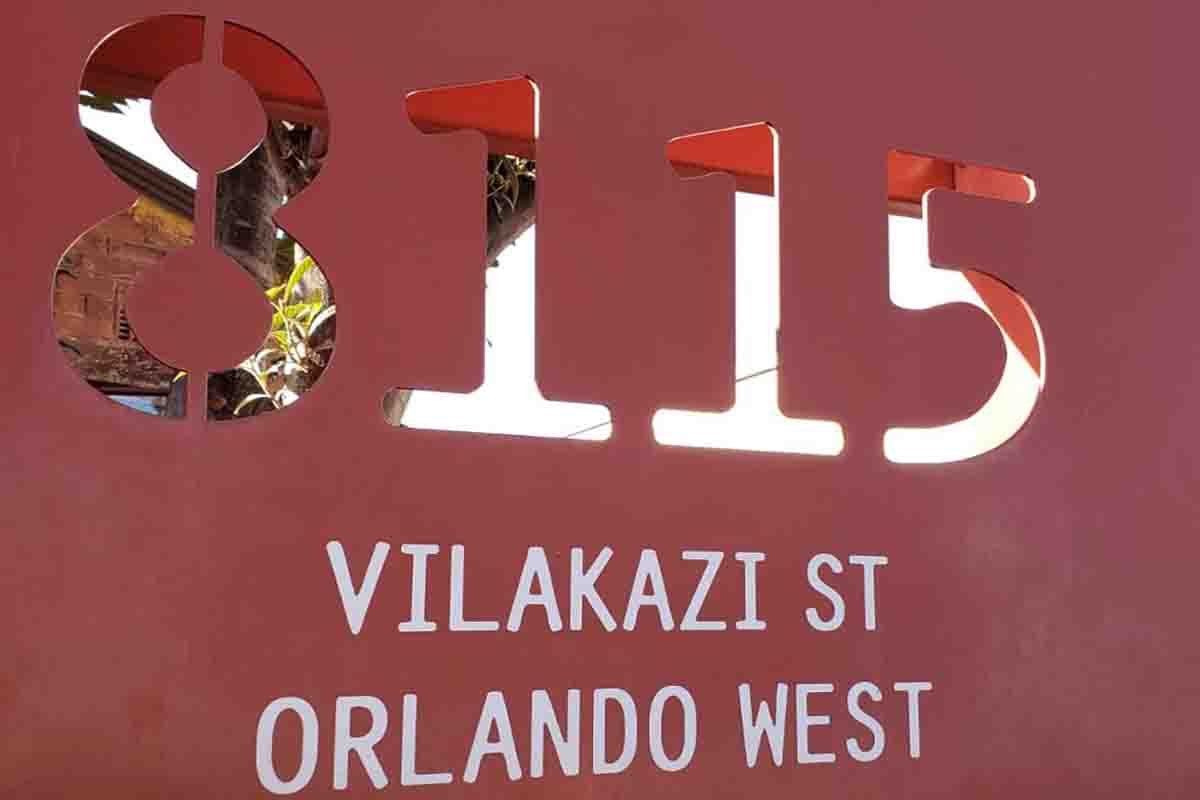
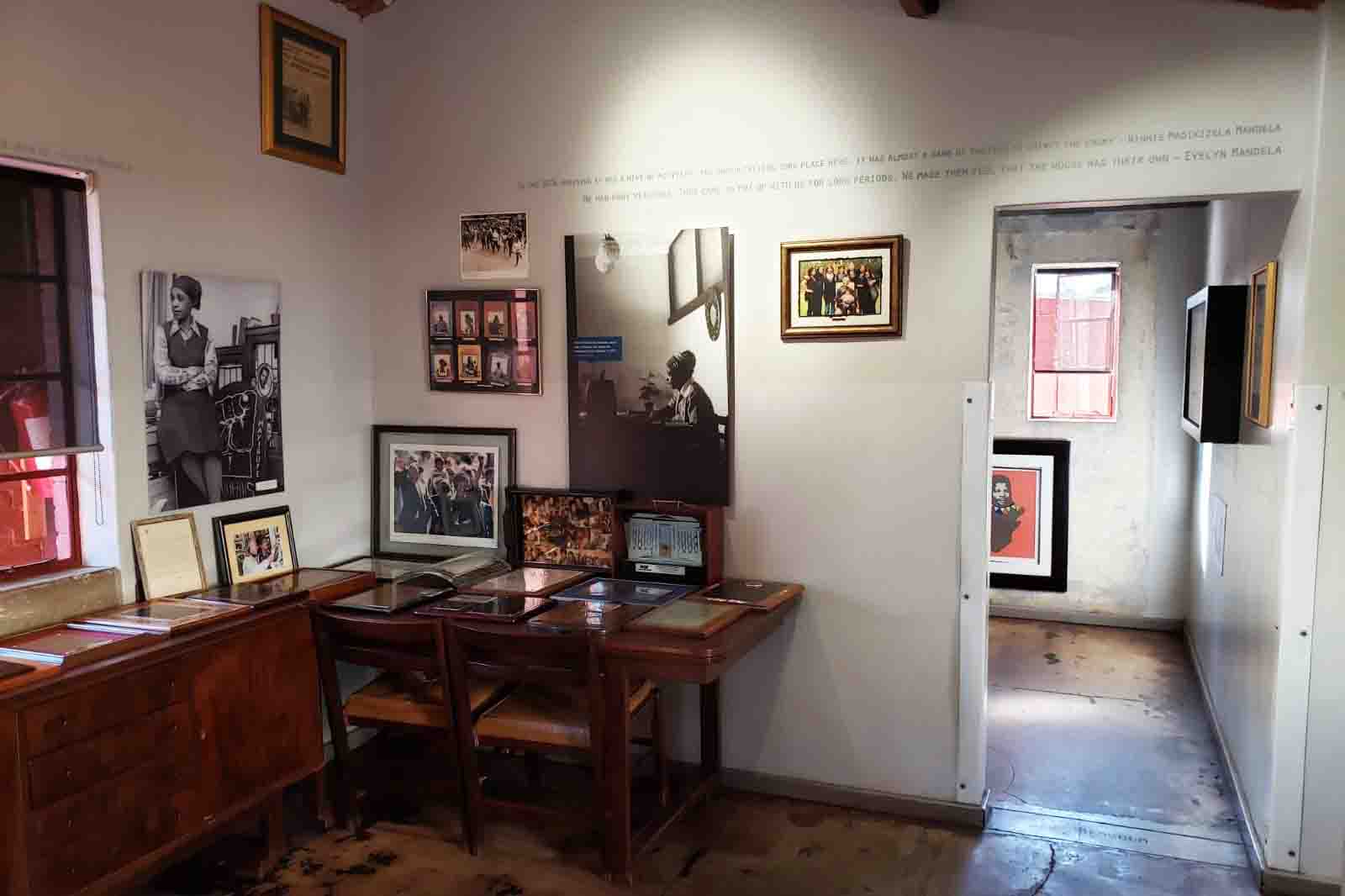
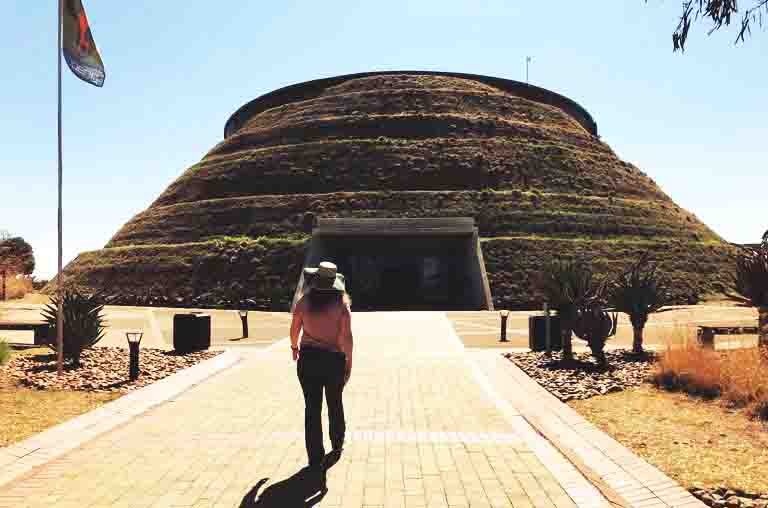
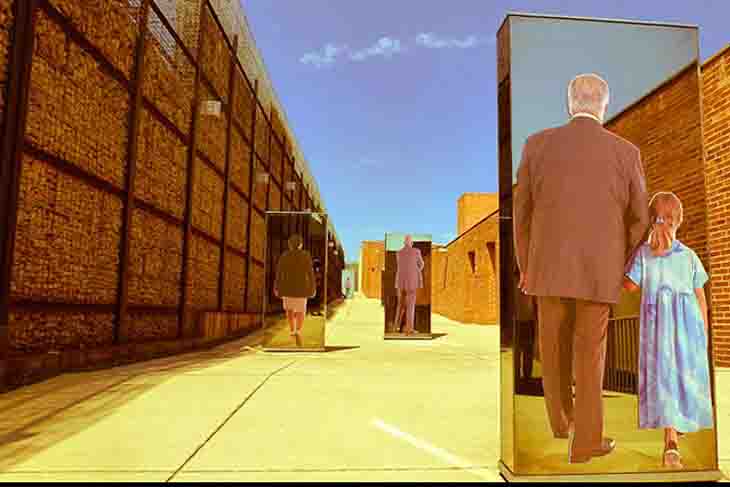
hotels
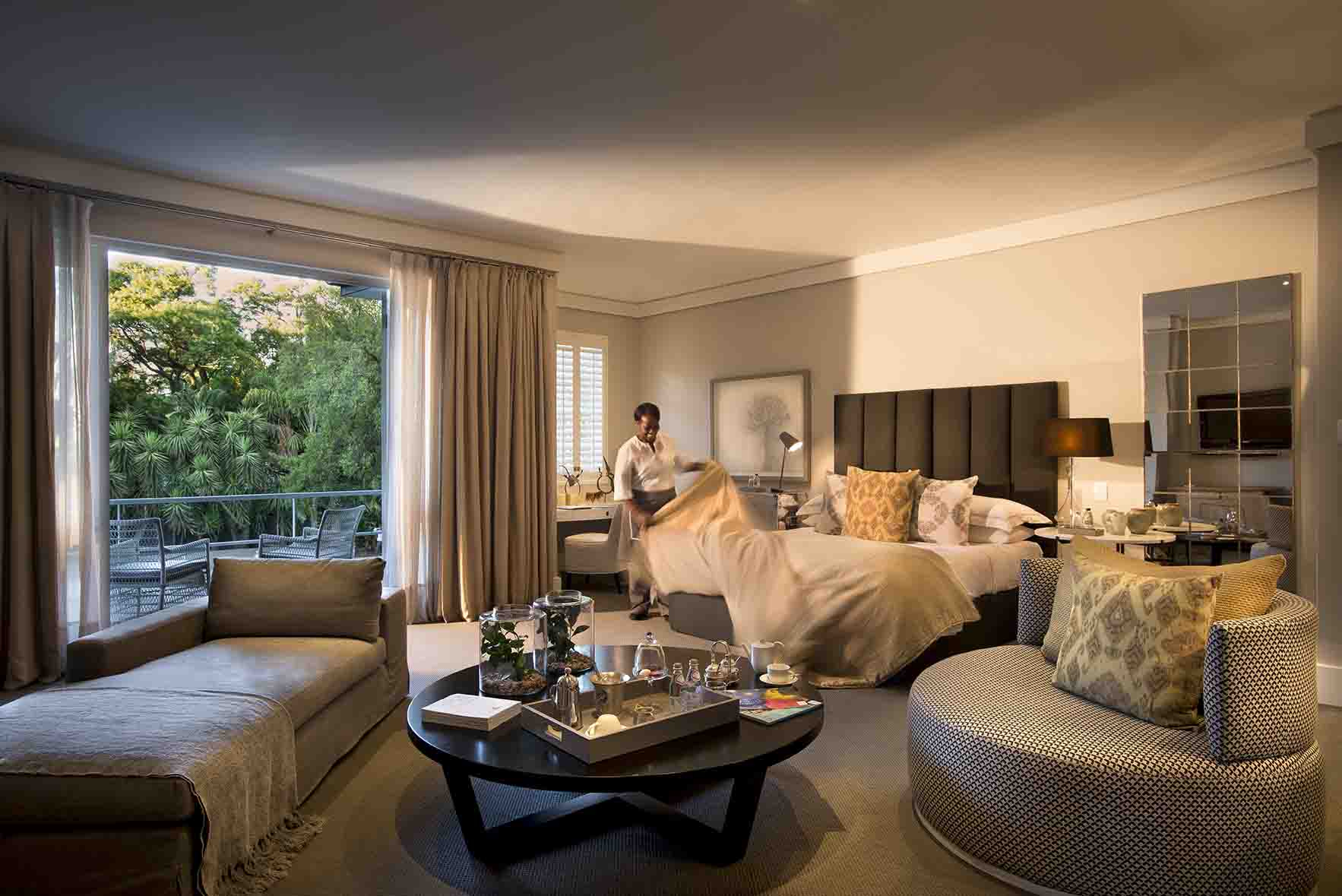
AtholPlace Hotel and Villa
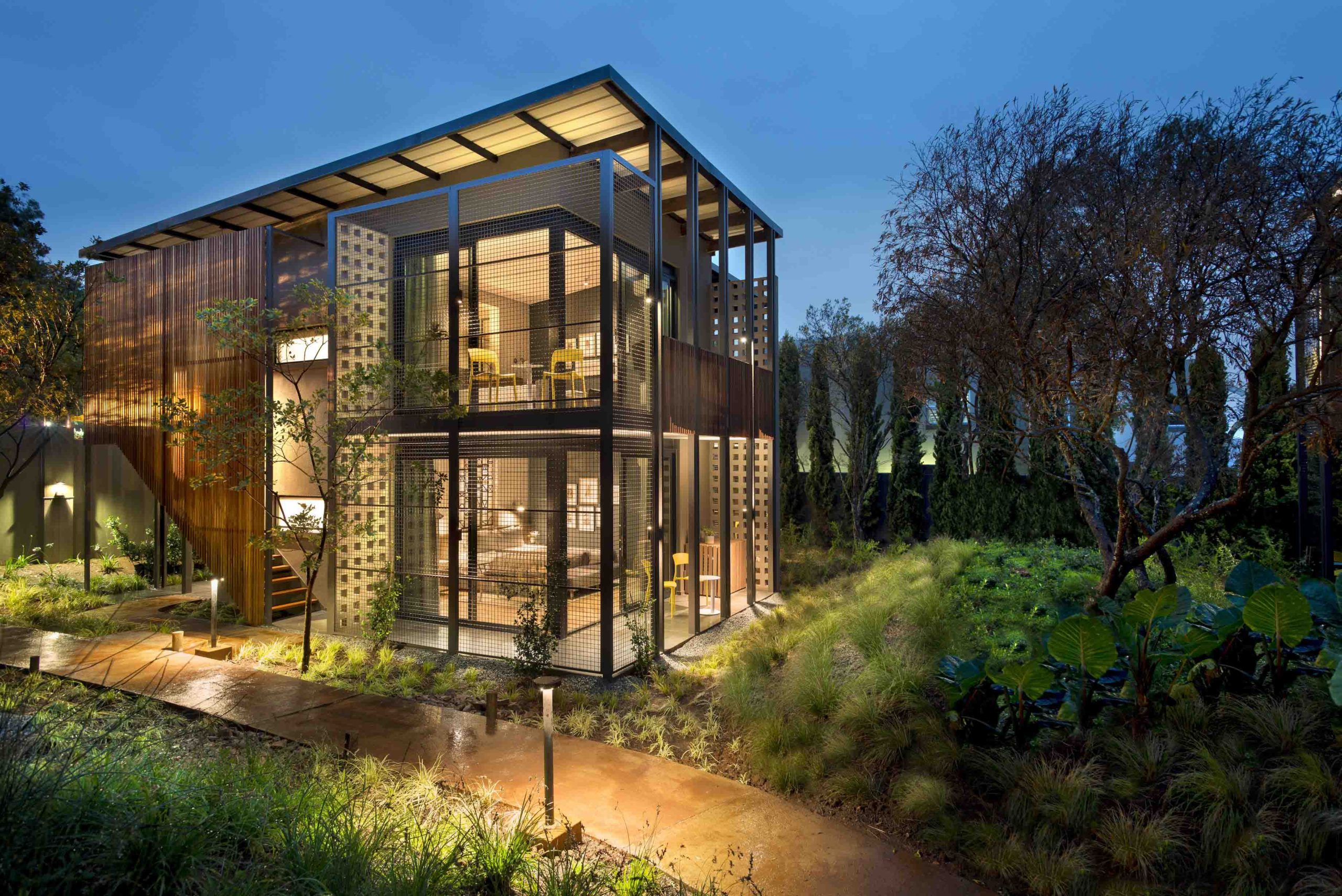
Peech Hotel
